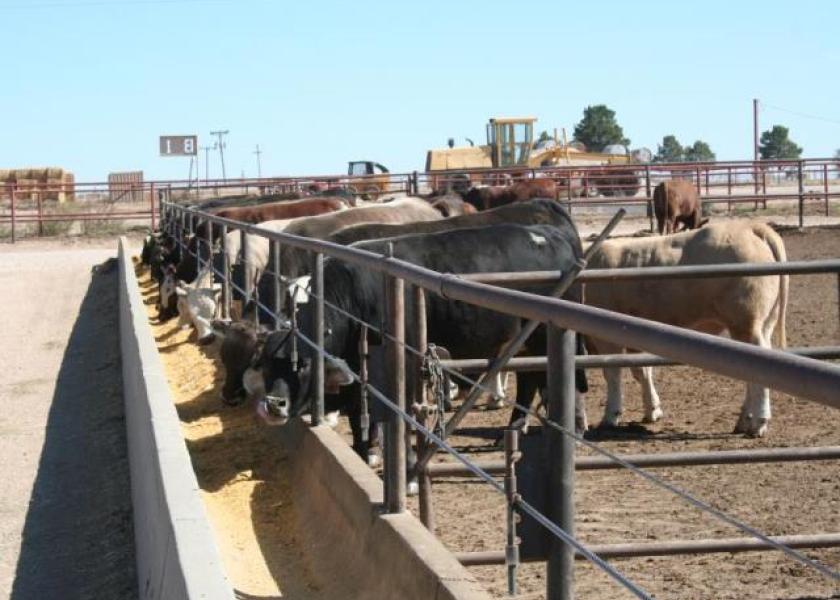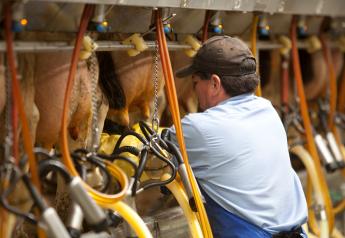Grass Versus Grain: Question 7

By: John Maday
Drovers CattleNetwork recently received an inquiry from a college student conducting research for a public-health class project. She sent a list of questions regarding the relative merits of finishing cattle on grass versus grain-based rations. Her questions, while somewhat biased, reflect common misperceptions of grain feeing and the kinds of question consumers are asking. For that reason, we have adapted the questions and answers into this article, to serve as possible “talking points” for our readers as you encounter similar questions from the public.
We’ll be posting the 13 questions, along with our answers, over the next couple weeks. Here is question 7:
Student
Can you describe the toxicity of the antibiotic Rumensin, which is given to cattle to begin their tolerance to corn? Also, how is it hurting human, cow and environmental health?
Drovers CattleNetwork
Rumensin (monensin) is classified as an ionophore, and is not related to any antibiotics used in human medicine. It improves feed efficiency in cattle on forage or grain-based diets by helping regulate the microbe populations in the rumen, and thus aid digestion. It also is used for prevention and control of coccidiosis, a parasitic disease in cattle and other animals. The U.S. Food and Drug Administration (FDA) has determined that monensin is safe for cattle, people and the environment.
See question 6 from this series here.







